Mamba vs. Conda: Unleashing lightning-fast Python package installations
If you’ve ever experienced the frustration of waiting for ages while installing Python packages with conda, there’s a game-changer I wish I’d heard about earlier: Mambaꜛ. This lightning-fast package manager has been leaving me pleasantly surprised with its incredible speed, making package installations a breeze. Here I share my personal experience and explain why Mamba is the speed demon you may have been looking for.
 The Mamba logo. Sourceꜛ
The Mamba logo. Sourceꜛ
What is Mamba?
When it comes to installing Python packages, you may think speed doesn’t matter much, right? This may be true when installing a single package, but when you have to install a whole environment with dozens of packages, the time spent waiting for the installation to complete can be a real pain – when you use conda. Waiting for packages to install can be a time-consuming and frustrating process, especially when in phases of rapid prototyping and development. Recognizing this weak point of conda, the creators of Mamba set out to revolutionize package management by prioritizing speed and performance.
Mambaꜛ, built as an alternative to conda, is a drop-in replacement that focuses on delivering lightning-fast installations. Powered by C++ and leveraging parallel computing techniques, Mamba turbocharges the package management experience, allowing you to say goodbye to those lengthy wait times.
Mamba’s exceptional speed stems from a few key factors. Firstly, it implements highly efficient algorithms for dependency resolution and package installation, drastically reducing the time required to fetch and configure dependencies. Additionally, Mamba utilizes C++ code for critical operations, taking advantage of the low-level performance optimizations inherent in the language. This allows it to handle computations and data processing with remarkable speed. Moreover, Mamba harnesses the power of parallel computing, distributing tasks across multiple CPU cores and significantly accelerating the installation process, especially for complex dependency graphs and large environments.
I can confirm astonishing differences in installation times when switching from conda to Mamba. What might have taken minutes to hours with conda can now be accomplished in a matter of minutes or even seconds using Mamba. This dramatic improvement in speed has made Mamba my favorite Python package installer, and I’m sure it will become yours too.
How to install and use Mamba (2025 Update)
Mamba is fully compatible with the conda ecosystem and replicates nearly all conda commands, but is significantly faster, especially when solving complex dependency chains. The current and recommended way to get started with Mamba is to use the Miniforge installerꜛ, which is available for macOS, Windows, and Linux.
To install Mamba and set up your environment:
- Downloadꜛ the Miniforge installer for your operating system.
- Run the installer. This will install both
condaandmamba, with the conda-forge channel preconfigured. -
After installation, open a new terminal and create a new environment:
mamba create -n mamba_test_env python=3.11 -y mamba activate mamba_test_envYou may substitute any desired Python version and package list.
-
Install your desired packages using the familiar syntax (identical to conda):
mamba install numpy scipy matplotlib pandas ipykernel scikit-learn
Mamba is now the default high-performance package manager in the Miniforge distribution. Installing Mamba into existing or arbitrary environments via conda is not recommended or officially supported. For new installations, always use Miniforgeꜛ, which integrates both conda and mamba, providing the best experience for scientific computing and data analysis on all major platforms.
Conclusion
With Mamba, the days of waiting endlessly for conda package installations are over. This exceptional package manager brings a new level of speed and efficiency to the table and redefines the package management experience. If you haven’t already, it’s time to try it yourself and turbocharge your Python development workflows like never before.
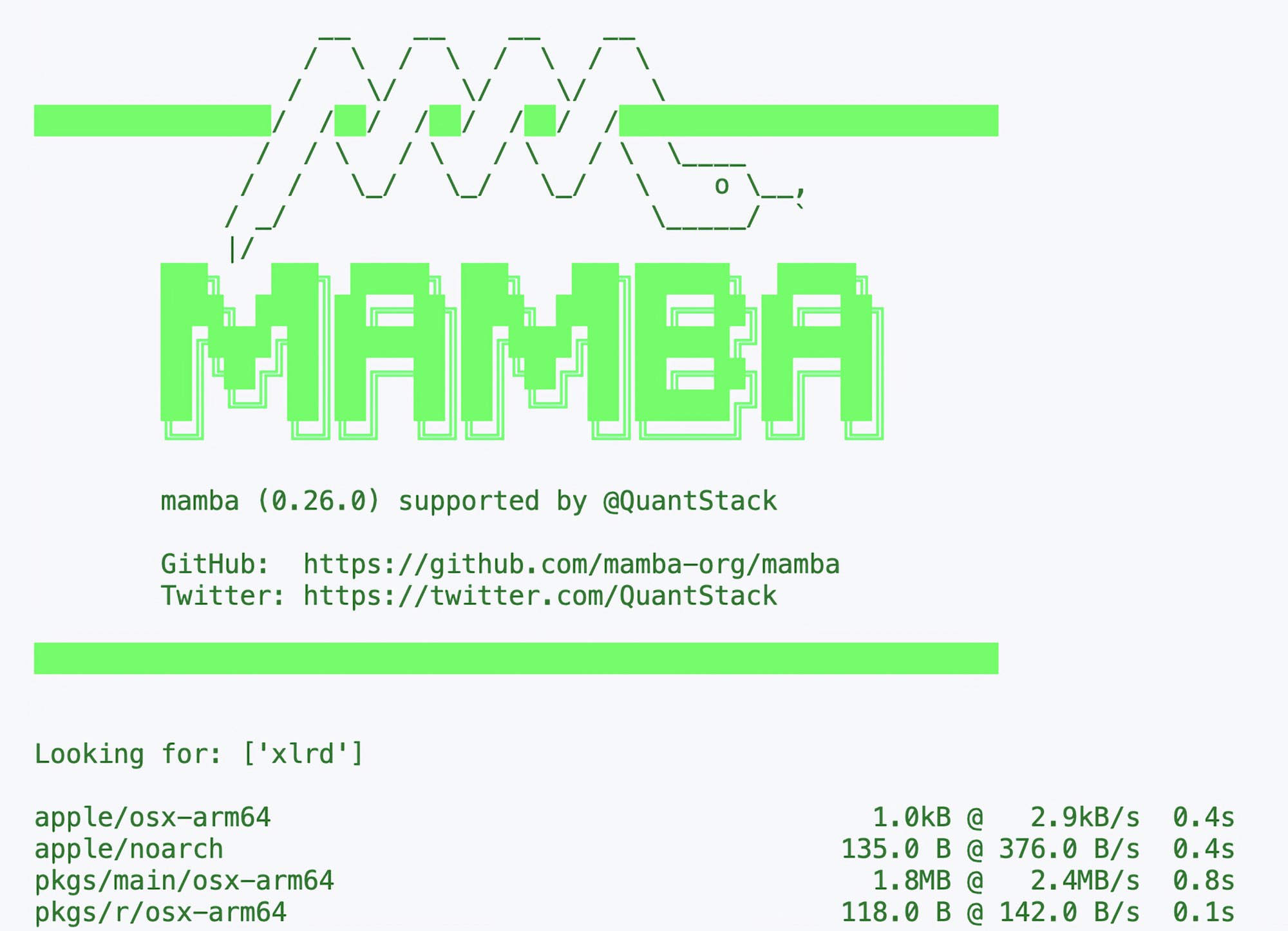


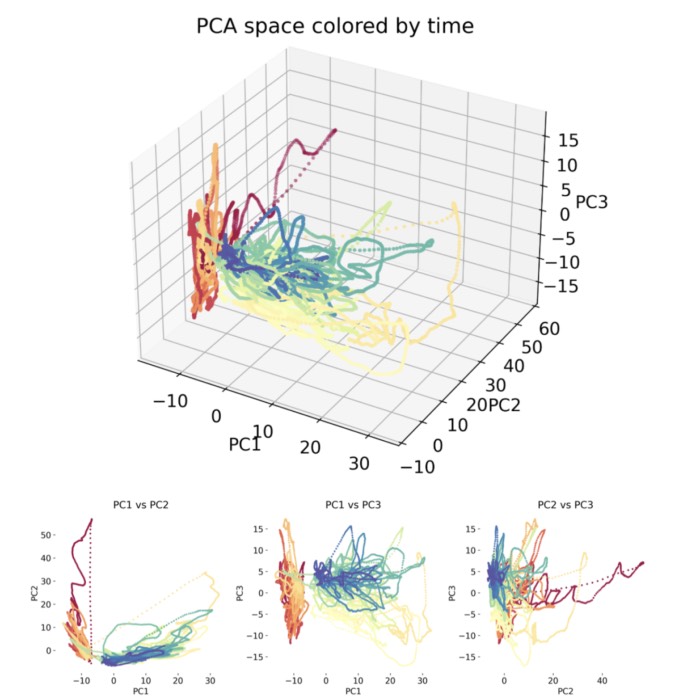
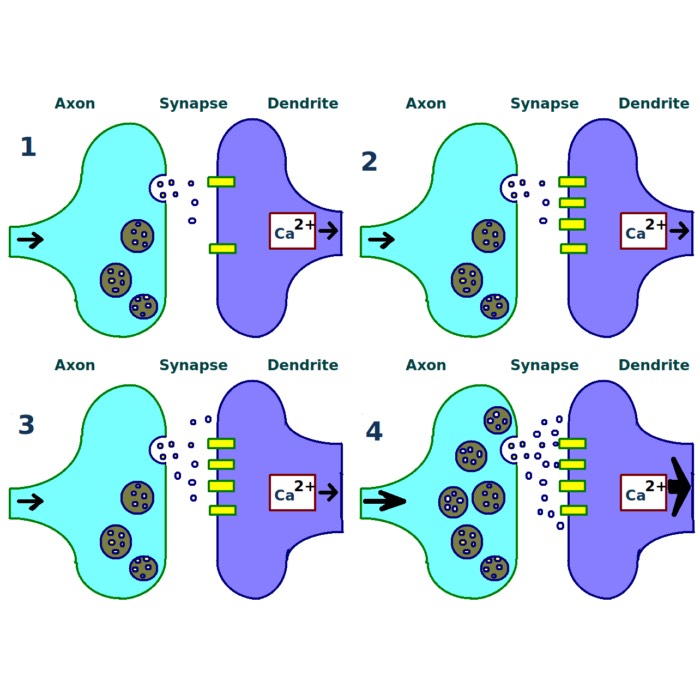
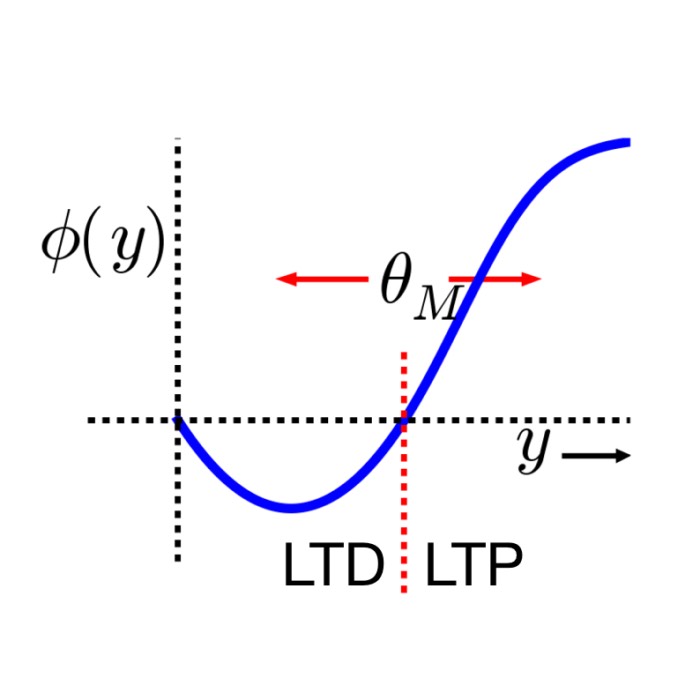
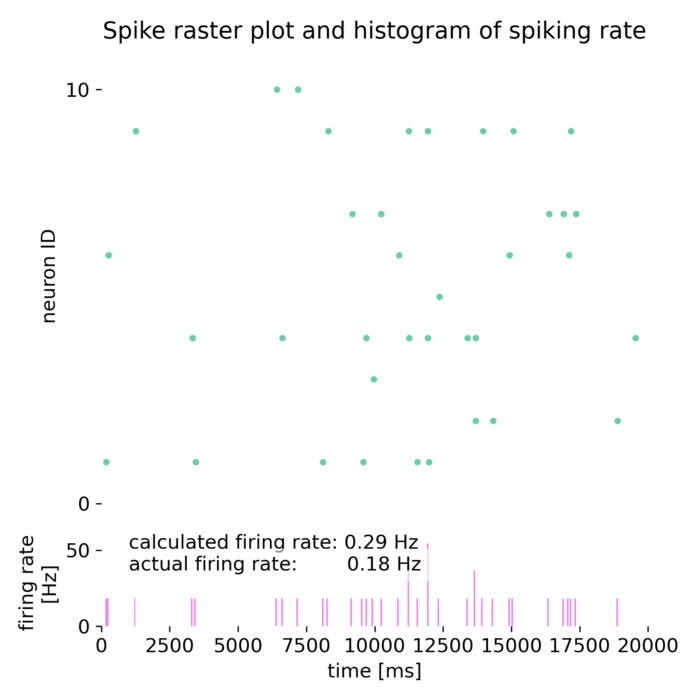
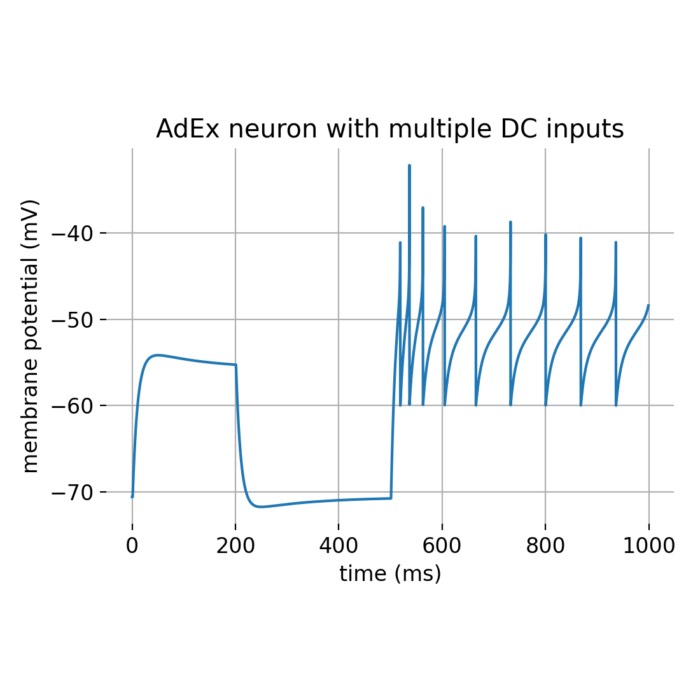
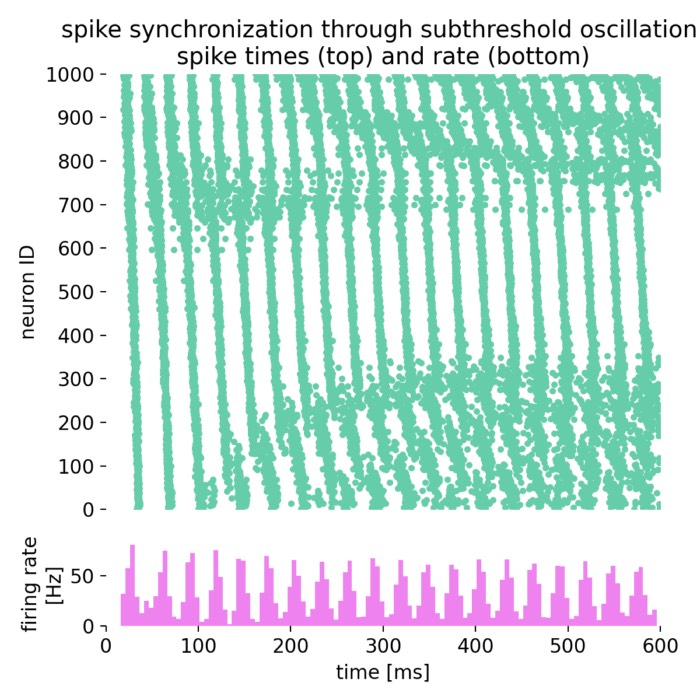
comments